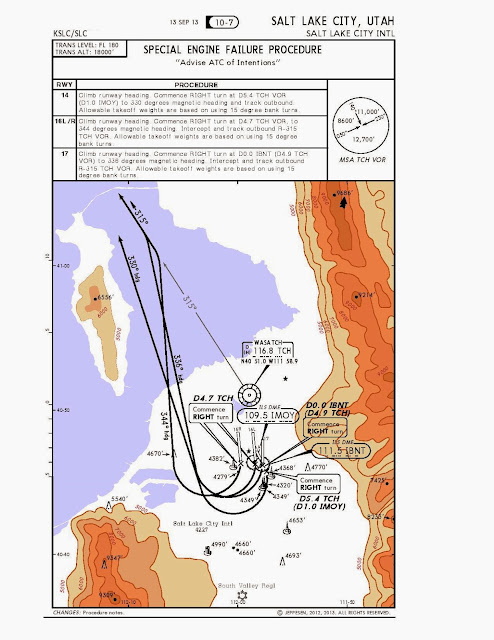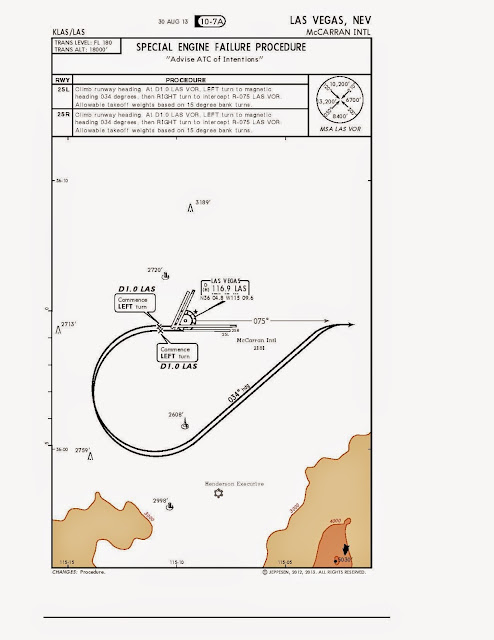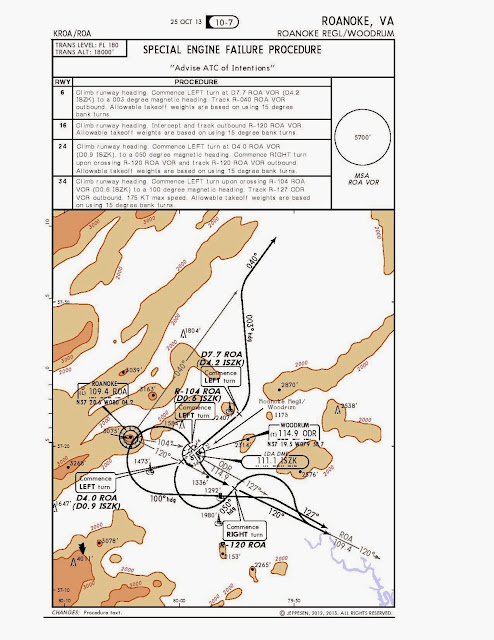As a consequence of the obscurity and lack of understanding related to the integrated system components of takeoff performance computations, the variability of AFM aircraft performance charts, TERPS and departure charting requirements and limitations, Part 25 aircraft certification requirements, and the difficulty in obtaining obstacle information in the takeoff path, the ability for pilots to determine exact flight paths and takeoff weights is problematic, thus relying on SIDs and ODPs is a convenient way to manage OEI performance planning. However, failure to account for critical differences between the TERPS criteria, the Part 25 OEI takeoff certification rules, and the operating rules OEI takeoff obstacle avoidance contained in Subpart I, pilots are confronted with the highlighted problem areas.


 Didn't realize they had to decline it that often.
Didn't realize they had to decline it that often. I flew yesterday in the 20 degrees F and gusty winds in my Cherokee 235. I could have done climb easily. I had to make an effort to keep the sucka below the Bravo.
I flew yesterday in the 20 degrees F and gusty winds in my Cherokee 235. I could have done climb easily. I had to make an effort to keep the sucka below the Bravo.

